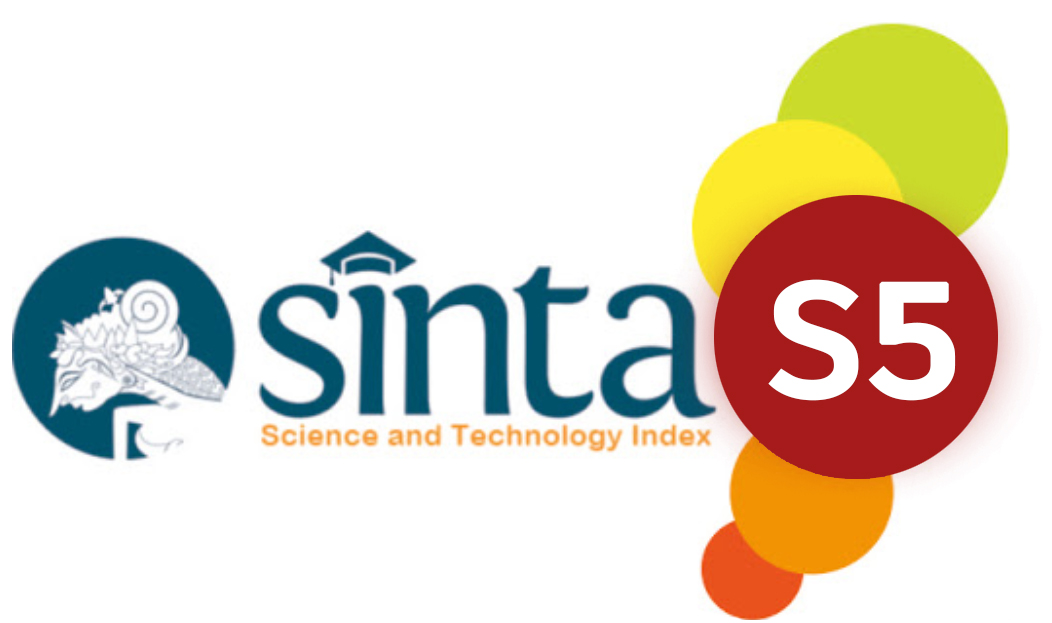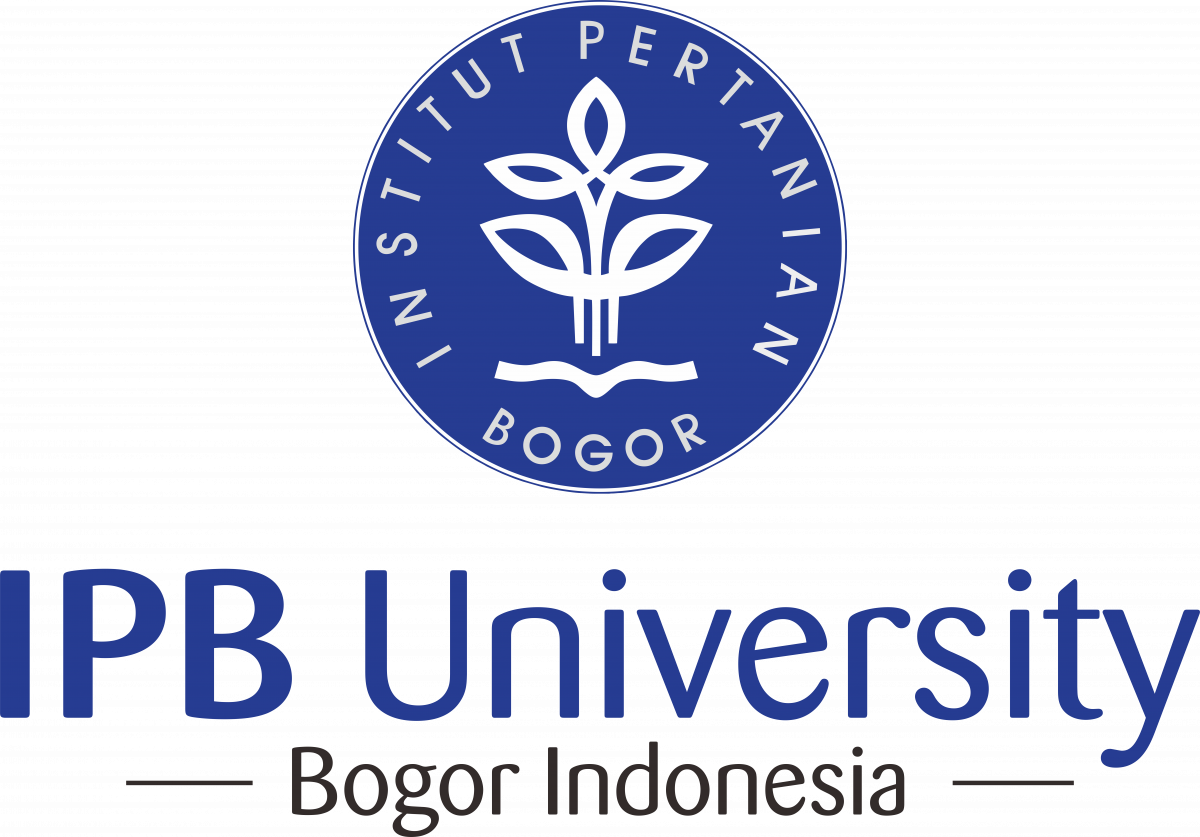Toxicity Test of Roots, Stems and Leaves of Lemongrass (Cymbopogon nardus)
Abstract
Lemongrass traditionally can be used as a mixture of water bath for rheumatic patients, antiseptic medicine, headache reducer, unbend the leech bite and overcome insect bite, but, the bioactivity potential of citronella lemongrass still remains unknown. The content of citronella lemongrass is known to have secondary metabolites such as flavanoid, phenolic, and terpenoid. The aim of this study is to determine the LC50 value (Lethality Concentration 50) in the root, stem, and leaves part of citronella lemongrass. Citronella lemongrass is extracted with maceration method using 96% ethanol solvent. Rendement value of leaf extract is greater than the value of stem and root extract, which is equal to 8.69% for stem extract, 3.73% for root extract and 9.70% for leaves extract. A toxicity test was performed by using the BSLT method, shrimp larvae were inserted into the test solution with each different solution concentration. LC50 values were obtained based on the calculation of percent mortality of shrimp larvae by using probit analysis. LC50 ethanol extract 96% of citronella lemongrass leaf is 67.841 μg/ml, citronella lemongrass stem is 31.604 μg/ml and citronella lemongrass root is 10.489 μg/ml. LC50 value shows that ethanol extract 96% of root, stem, and leaf of citronella lemongrass have no bioactivity potential due to the value of LC50 is greater than 1000 μg/ml.
Keywords: BSLT, Cymbopogon nardus, cytotoxicity, LC50
Copyright (c) 2019 Waras Nurcholis, Mustika Weni, Rizki Fitria, Najmah, Kornelia Rosvita Manek, Baharuddin Yusuf Habibie

This work is licensed under a Creative Commons Attribution-ShareAlike 4.0 International License.












